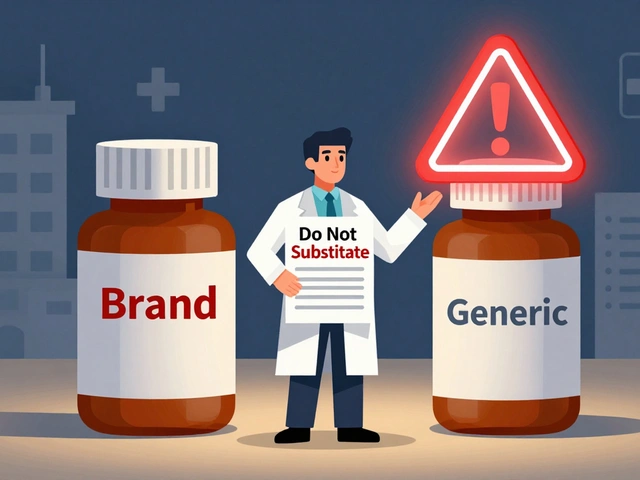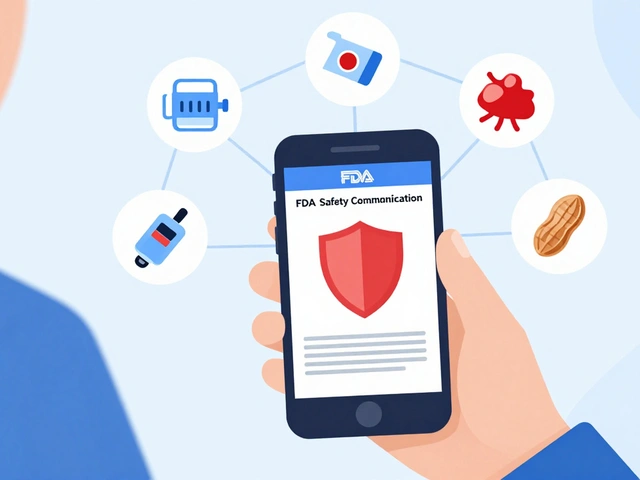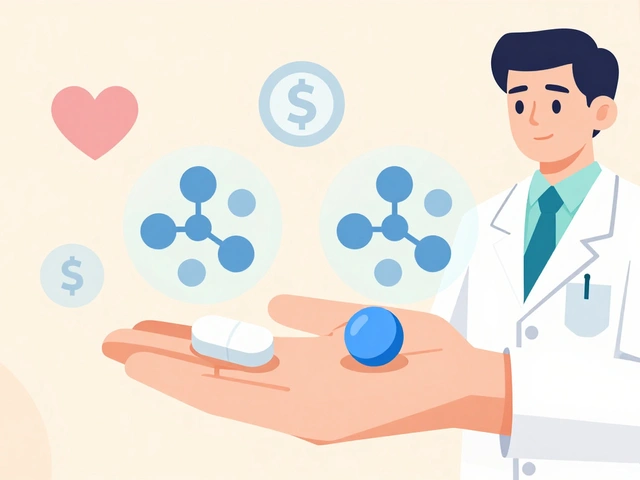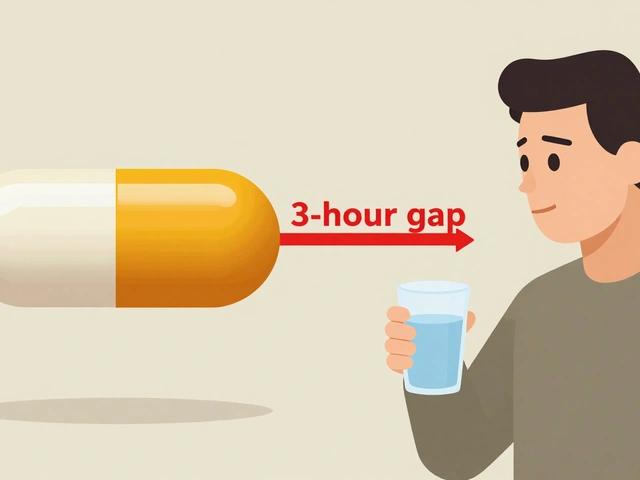Gout Patients: Practical Steps to Stop Pain and Prevent Attacks
One bad gout attack can knock you out for days. The good news: most attacks are treatable and many are preventable. This page gives clear, practical steps you can use right now—how to ease an attack, what medicines work, and how to lower your long-term risk.
Quick steps during a gout attack
If your joint is hot, swollen, and unbearably painful, act fast. First-line options are NSAIDs (ibuprofen or naproxen), colchicine, or a short course of oral steroids—your doctor will tell you which fits your health history. Start treatment within 24 hours if you can; earlier treatment usually means less pain and shorter attack length.
At home: rest the joint, keep it elevated, and use ice for 15–20 minutes every few hours. Try to avoid alcohol and sugary drinks while the attack is active. If over-the-counter medicines don’t help, get medical advice—severe pain, fever, or inability to move the joint need a prompt checkup.
Long-term control and safety
Stopping attacks for good means lowering uric acid. The two main medicines are allopurinol and febuxostat. They work by cutting uric acid production. Your doctor will monitor your blood level and adjust dose until uric acid is below the target (usually under 6 mg/dL). Don’t stop these medicines during a flare unless your doctor tells you to—continuing is usually recommended.
Colchicine and low-dose NSAIDs are often used as daily prevention when uric acid drugs are started or changed. Talk to your doctor about side effects and drug interactions, especially if you take heart or blood pressure meds, or have kidney issues.
Diet and habits help but don’t replace medicine. Cut back on beer and spirits, sugary sodas, and high-fructose foods. Limit red meat and shellfish. Drink plenty of water, lose weight if you need to, and aim for regular low-impact exercise. Even small changes can lower flare frequency.
Kidney stones and chronic joint damage are real risks if gout isn’t controlled. If you have recurring attacks, visible tophi, or rising uric acid, ask your doctor about long-term urate-lowering therapy. Keep simple records: note each attack date, trigger (if you spot one), and medications used. This timeline helps your clinician find the right plan faster.
Buying medications online? Be careful. Use pharmacies that require a prescription, show clear contact info, and have verified reviews. Avoid sites selling prescription drugs without a prescription or offering suspiciously low prices. If unsure, check with your doctor or local pharmacist before ordering.
Want practical next steps today? If you’re in pain, treat the attack quickly (NSAID, colchicine, or steroid as advised). If this is your first attack or attacks keep coming, make an appointment to get uric acid checked and talk about long-term therapy. With the right plan, most people see fewer attacks and better days ahead.
I recently came across some incredible success stories of gout patients who have found relief through the use of Allopurinol. These real-life experiences truly showcase the effectiveness of this medication in managing gout symptoms and preventing flare-ups. It has been amazing to see how these individuals have regained control over their lives and are now able to enjoy their daily activities without the constant worry of gout attacks. Their inspiring stories have motivated me to share this information with others who may be struggling with gout. I hope this serves as a reminder that there is hope and effective treatment available to help manage this condition.
Continue reading...






